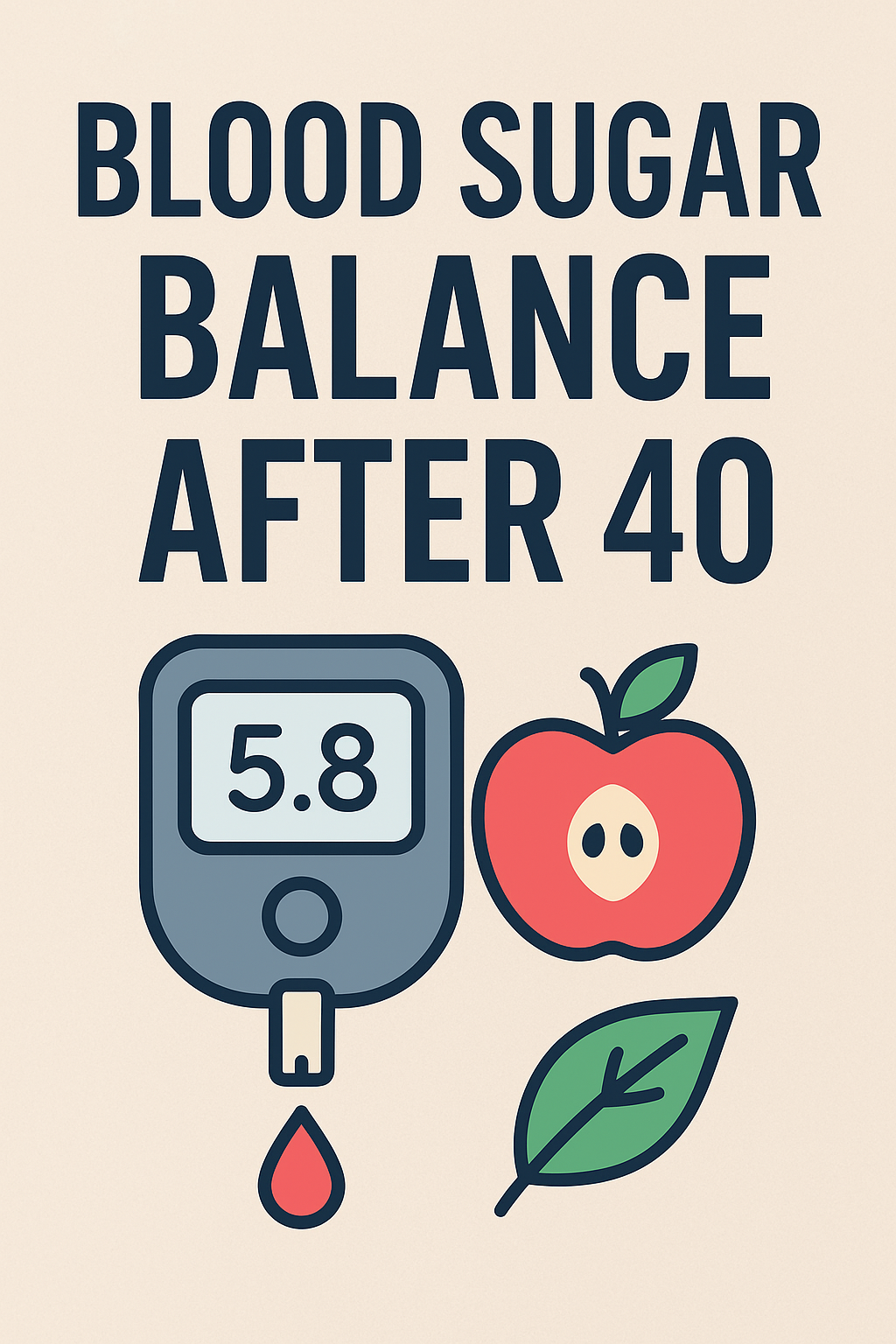Do you find yourself craving sugar more often, feeling tired after meals, or hitting a slump in the afternoon? These are common experiences for people over 40 — and much of it comes down to blood sugar balance.
As we move into our forties and beyond, the body’s ability to regulate blood sugar changes. The good news is, with the right nutrition and lifestyle, you can take control and keep your energy steady.
Why Blood Sugar Balance Matters More After 40
There are several reasons why blood sugar becomes harder to manage as we get older:
- Hormonal changes: Oestrogen and testosterone both play a role in how the body processes glucose. As they decline, blood sugar spikes and crashes become more common.
- Loss of muscle mass: Muscle is one of the main tissues that helps absorb and use glucose. With less muscle, the body becomes more insulin-resistant.
- Stress and poor sleep: Both keep cortisol high, which raises blood sugar levels and makes it harder for insulin to do its job.
Signs Your Blood Sugar is Out of Balance
You may notice:
- Strong cravings for sugar or refined carbs
- Afternoon energy crashes
- Feeling irritable or “hangry” between meals
- Difficulty losing weight
- Waking up around 2–3am
These aren’t just annoyances — they’re signals from your body that blood sugar is not stable.
Nutrition for Blood Sugar Balance
The foods you eat, and the order you eat them, can make a huge difference:
- Pair carbs with protein and fibre: This slows the release of glucose into your bloodstream.
- Eat fibre first: Starting with vegetables helps reduce the impact of carbs on blood sugar.
- Choose whole foods: Beans, lentils, vegetables, and whole grains keep energy steady.
- Include healthy fats: Nuts, seeds, avocado, and olive oil slow digestion and improve satiety.
- Limit refined sugar and alcohol: Both cause spikes followed by crashes that leave you more tired and craving.
Lifestyle Support
Nutrition is the foundation, but lifestyle choices can amplify your results:
- Move after meals: A 10–15 minute walk can lower blood sugar significantly.
- Manage stress: Breathwork, journalling, or even a short break outdoors can reduce cortisol.
- Prioritise sleep: Good sleep restores insulin sensitivity, helping your body process glucose more efficiently.
Final Thought
Balancing blood sugar after 40 is not about strict diets or cutting out everything you enjoy. It’s about making small, consistent shifts — adding more fibre, pairing your meals well, moving after you eat.
With these changes, you’ll feel more energised, avoid the mid-afternoon crash, and give your body the support it needs to thrive in midlife and beyond.
Milvia Pili, FNTP
Nutritional Therapist




